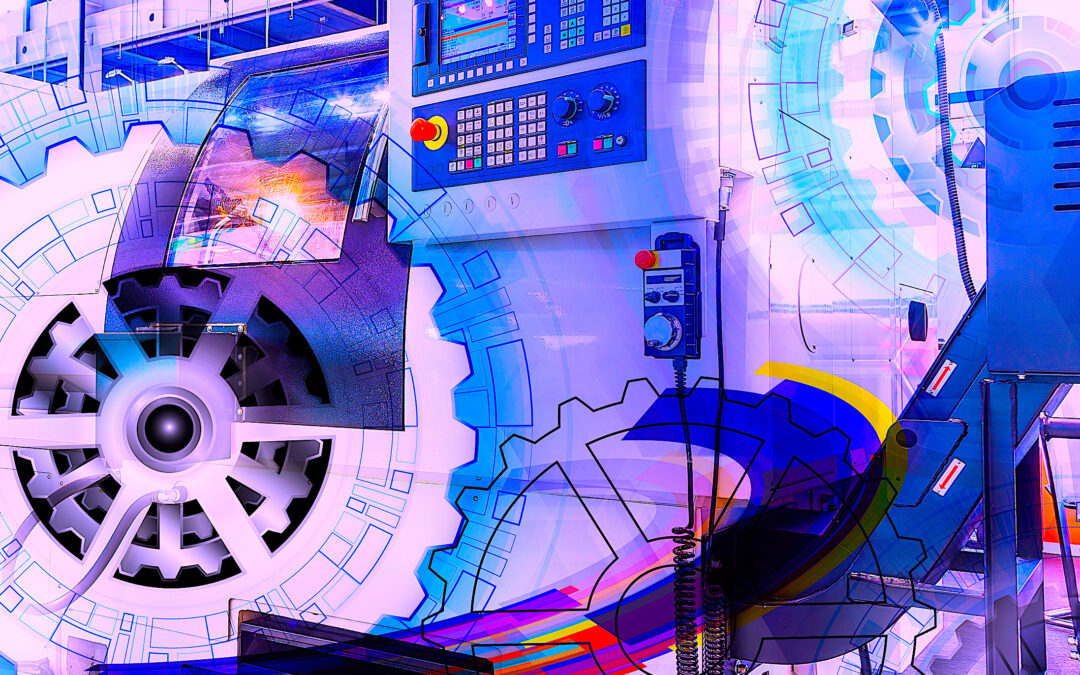When a new piece of equipment arrives at your plant, many crucial design decisions will already have been made to provide a machine that’s functional, safe, reliable, usable, manufacturable, and maintainable. Good design is no accident. It’s a result of an innovative and iterative approach to decision-making, based on the client’s needs (specifications) and the OEM’s needs to deliver a quality product that is both affordable and profitable.
The design considerations hold knowledge that’s indispensable to a Maintenance Planner setting up a first-time preventive maintenance (PM) program for the machine. Tapping into this knowledge requires an understanding of the design process and the willingness and ability/access to communicate with the design engineer.
If a machine asset is “off-the-shelf,’ e.g., an air-handler unit, the design is based on a set of rules or specifications. Because the OEM has little control or understanding of how the end-user will use the equipment, the design is fixed to meet a broad range of considerations. It is the end-user’s responsibility to order the most appropriate design specification (sizing) that best meets the operational criteria.
However, If the machine is a custom or “one-off” design, the OEM must work closely with the client to tailor it to the working environment and needs. Custom machines provide an opportunity to develop a maintenance-friendly design and also build a tailored maintenance approach/program (at virtually no cost to the end-user) before such assets arrive on site. Sadly, this opportunity is often squandered.
Most industrial-machine designs involve converting, cutting, shaping, or moving raw material through series of processes. A stationary platform supports a series of rotating or linear-motion components powered by one or more energy-delivery systems. Those systems and components will be analyzed and chosen by the machine designer based on size, weight, reliability, lifecycle, noise, safety, ergonomics, maintainability, control, emissions/recyclability, and, most important, cost. The budget, not lifecycle, will often be the determining design constraint placed upon the OEM engineer by the end user.
Communicating with the OEM’s Design Engineer(s) can help the end-user’s Planner and Reliability Engineer(s) understand the design constraints at play and the machine’s weak points before development of an appropriate approach to maintain the operational asset.
For example, cost-cutting may have resulted in the use of flexible couplings in drive trains to save on the expense of a precision set up at the factory. Knowing this, maintenance funds can be used to perform a soft-foot analysis, precision shimming and alignment, and belt tensioning of all driver-driven systems by the maintenance crew before handing the unit over to production.
Similarly, budget-conscious purchasing agents will frequently forego an automated lubrication program in favor of manual grease nipples mounted at the bearing point, thinking it will save thousands in capital expenditure. In most cases, the OEM engineer will have already designed/specified a suitable auto-lubrication system whose information is often there for the asking at no charge to the end user. This could be passed on to the Planner and installed less expensively in-house with maintenance dollars to defer costly premature bearing and drivetrain failures, while reducing energy costs and potential downtime issues from the ouset .
THE FINAL WORD
Designing an efficient and practical machine from nothing takes ingenuity, expertise, knowledge, and effort. Good design engineers always welcome feedback from the real world on how well their design is working, especially from the asset’s caretakers.
When setting up a maintenance program for a new machine, don’t be afraid to reach out to the OEM’s designer(s). In this situation, communication is definitely a win-win situation. What do you have to lose?TRR
ABOUT THE AUTHOR
Ken Bannister has 40+ years of experience in the RAM industry. For the past 30, he’s been a Managing Partner and Principal Asset Management Consultant with Engtech industries Inc., where he has specialized in helping clients implement best-practice asset-management programs worldwide. A founding member and past director of the Plant Engineering and Maintenance Association of Canada, he is the author of several books, including three on lubrication, one on predictive maintenance, and one on energy reduction strategies, and is currently writing one on planning and scheduling. Contact him directly at 519-469-9173 or kbannister@theramreview.com.
Tags: reliability, availability, maintenance, RAM, planning and scheduling, machine design



